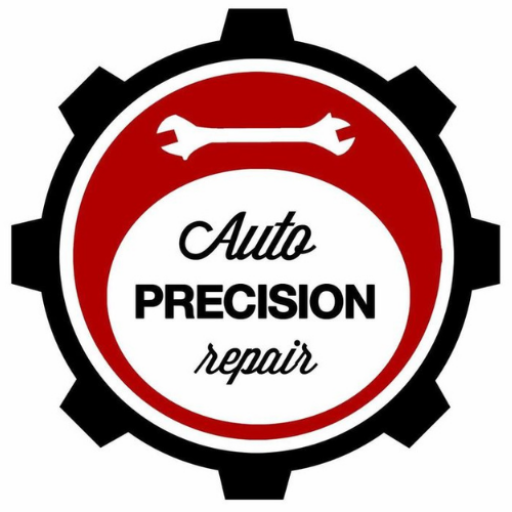Brake Repair Simplified: Tips and Tricks for DIY Enthusiasts

Revolutionizing Brake Repair: Innovative Techniques and Tools
February 6, 2024
Mastering the Art of Brake Maintenance: A Comprehensive Guide
February 8, 2024In the realm of automotive maintenance, one frequently overlooked yet crucial area is brake repair. To the novice mechanic, the task may appear daunting with its intricate array of components such as the rotors, calipers, and pads, not to mention the hydraulics involved. However, with an unwavering commitment to mastering the basics, coupled with a dose of practical experience, the task of brake repair becomes less of a mystery and more of a manageable, even rewarding, endeavor. This discussion, armed with expert tips and tricks, will aim to simplify the process of brake repair for the DIY enthusiast. A wealth of knowledge awaits those who wish to enhance their mechanical prowess and take the health of their vehicle’s braking system into their own hands.
Understanding Brake System Basics
Frequently, a comprehensive understanding of brake system basics is a fundamental prerequisite for effective brake repair and maintenance. This system is a complex arrangement of mechanical and hydraulic components that work in harmony to halt your vehicle. The key components typically include the brake pedal, master cylinder, brake lines, brake calipers, brake pads, and brake rotors. Essentially, when the brake pedal is pressed, this triggers the master cylinder to push brake fluid through the brake lines, activating your brake calipers. The calipers then clamp the brake pads onto the rotors, creating friction that slows and eventually stops the vehicle. Understanding this sequence of operation is crucial for identifying and addressing potential issues in a timely and safe manner.
Mastering DIY Brake Repairs
With a solid grasp of brake system basics under your belt, you are well-equipped to tackle the nuances of do-it-yourself brake repairs. Now, it’s time to master it.
1. Inspection: Always start by inspecting your brake system. Look for worn out pads, damaged rotors, or leaking brake fluid.
2. Replacement: If you find any damaged parts, replace them. Always use high-quality brake parts to ensure longevity.
3. Bleeding: After replacing parts, you need to bleed the brake system to remove any air bubbles that can affect brake efficiency.
4. Testing: Finally, test your brakes in a safe, controlled environment before taking your car on the road.
Conclusion
In conclusion, mastering the intricacies of brake repair can be an enriching pursuit for DIY enthusiasts. Grasping the foundational elements of a brake system and honing the skills for DIY brake repairs can significantly elevate one’s mechanical abilities. This knowledge not only furnishes them with the ability to undertake repair tasks independently but also engenders a profound sense of self-reliance and achievement.






